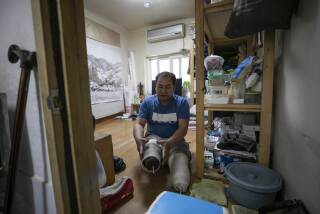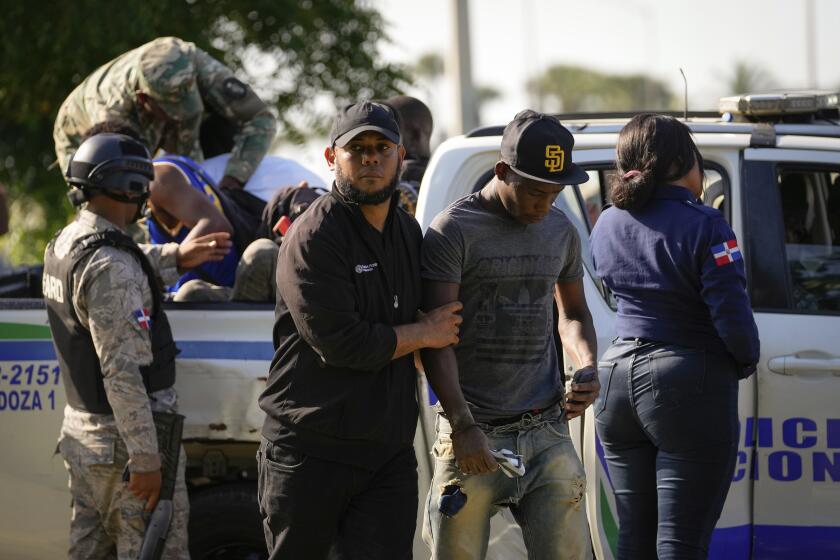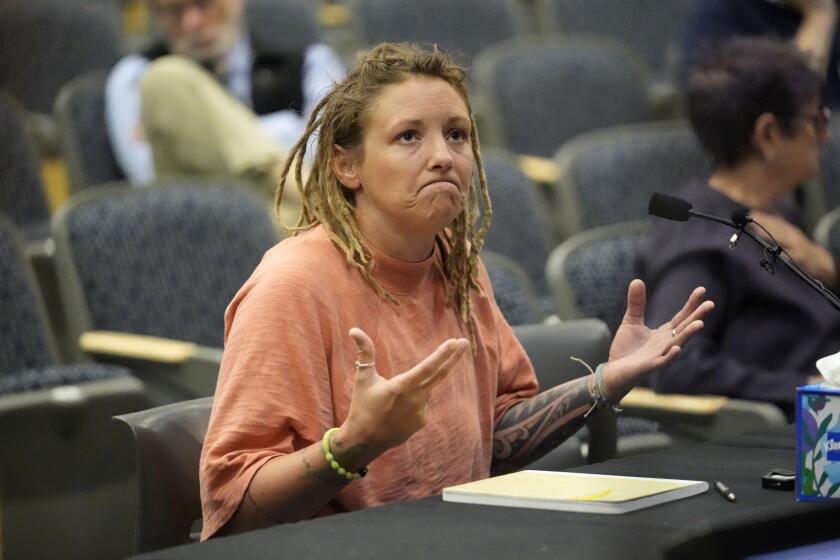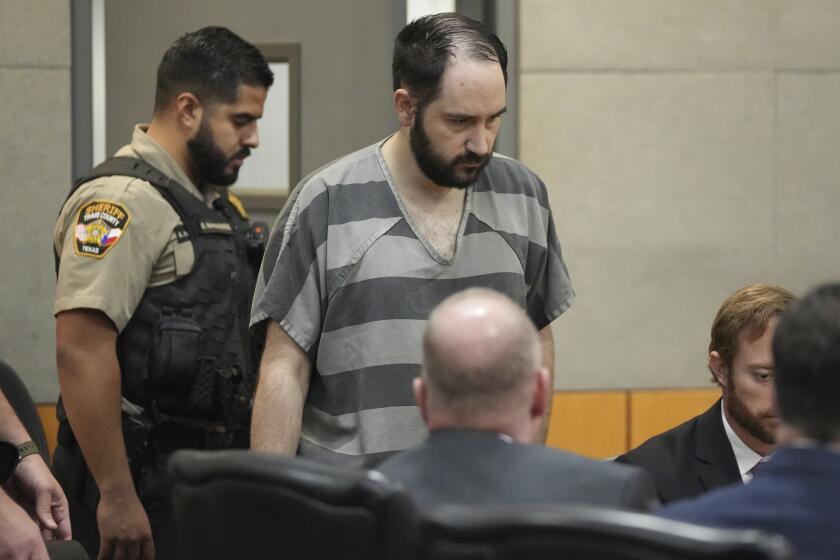Insurance Limbo for the ‘Near Elderly’
Sandra Smith, a freelance writer in Modesto, realized she was in a jam last fall when her health insurer abruptly stopped selling policies.
Smith, 53, scoured the market for affordable coverage, but found few options. Two large insurers turned her down for coverage because of preexisting medical conditions: She has high blood pressure and is overweight. She checked out a California program for people who have trouble getting insurance because of health problems. But the Major Risk Medical Insurance Program’s policies were too expensive for her and there was a two-year wait for coverage.
“The situation has become desperate,” Smith said. “Baby boomers are going to be flooding the market. What are these people going to do?”
Smith’s dilemma mirrors that faced by millions of Americans in their 50s and early 60s. About 3.2 million Americans between the ages of 55 and 64 lacked insurance in 2000, according to U.S. Census figures. The people in this group, sometimes referred to as the “near elderly,” have typically been insured all their lives, but for a variety of reasons are losing coverage just as the health problems that come with growing older began to surface. While much of the debate over the 40 million Americans who lack health insurance has focused on covering children and the poor, this less visible slice of the population has gone largely unnoticed.
Many, like Smith, lose health coverage when they leave a job to become self-employed. Others have lost their jobs through corporate layoffs. Some are the younger spouses of people who are 65 or older and who are covered for Medicare. All are too young for Medicare themselves and some have developed health problems that make it difficult--and expensive--for them to buy individual health policies.
“It’s a rough combination, being physically in need of care, vulnerable to corporate downsizing, and facing a market that makes it difficult for someone in this age group to [afford] the premiums,” says John Rother, director of policy for the AARP. Statistics paint a troubling picture for this group in the years ahead. People ages 55 to 64 are six times more likely to get cancer as those between the ages of 35 and 44, according to a report issued in February by the Kaiser Family Foundation, a nonprofit health policy organization. Yet the number of people who have no medical insurance to cover those illnesses is expected to grow. The Commonwealth Fund, a New York-based philanthropy, estimates that 16% of women between ages 55 and 65 are uninsured and predicts that figure will grow by at least 50% during this decade as many baby boomers hit age 55.
The problem is exacerbated by a rapidly declining number of employers offering medical benefits to retirees, including early retirees and those who stay on the job to age 65 and beyond. Fewer than one in four large employers now provide health coverage for those retiring at 65, and a little more than one in four cover those retiring early.
So where does that leave the near elderly? Their calls are “one of the most frustrating to get,” says Marilyn Lozis, program manager for Orange County’s Health Insurance Counseling and Advocacy Program. “You don’t have much to offer in the way of help.”
Programs designed to help people stay insured sometimes have the opposite effect. Take COBRA, the federal law that says workers who leave their jobs can retain their same health coverage for 18 months by paying the premium themselves. But that may be difficult to do if you’ve just lost your job. In California, there is the Major Risk Medical Insurance Program, or MRMIP, but policies are expensive: for example, a typical 56-year-old living in Los Angeles County would have to pay from $5,000 to $12,000 a year, depending on the type of plan. Insurance companies, of course, sell individual policies. However, most states allow insurers to deny coverage for the very health conditions for which people require medical care. No insurer wants to sell property insurance to cover a house that’s already on fire. The same applies to medical coverage.
As for Smith, the Modesto writer, she finally found a way to get insurance by setting up a partnership with a fellow freelancer that gave her access to a group policy with more affordable premiums. She bought a PPO plan costing $267 a month. That arrangement, though, won’t work for everyone.
In the absence of universal health insurance that would spread the cost of providing care over the young, old, healthy and sick, the sensible solution would be to let the near elderly “buy-in” to Medicare. Using their money, people could buy Medicare coverage and get the same benefits now available to those older than 65, presumably at less cost than private insurance policies. If low-income people needed help paying the premiums, some type of government subsidy might be available. But members of Congress are deeply divided over expanding government programs, and there’s the issue of money and other spending priorities.
Given the current lack of options for the near elderly, it is important that anyone considering early retirement look into the health insurance programs before making a decision to leave their jobs. Many of us may be in this predicament some day.
*
Trudy Lieberman can be reached by e-mail at trudyal530@aol.com. Health Matters appears on the third Monday of the month.
More to Read
Start your day right
Sign up for Essential California for news, features and recommendations from the L.A. Times and beyond in your inbox six days a week.
You may occasionally receive promotional content from the Los Angeles Times.






